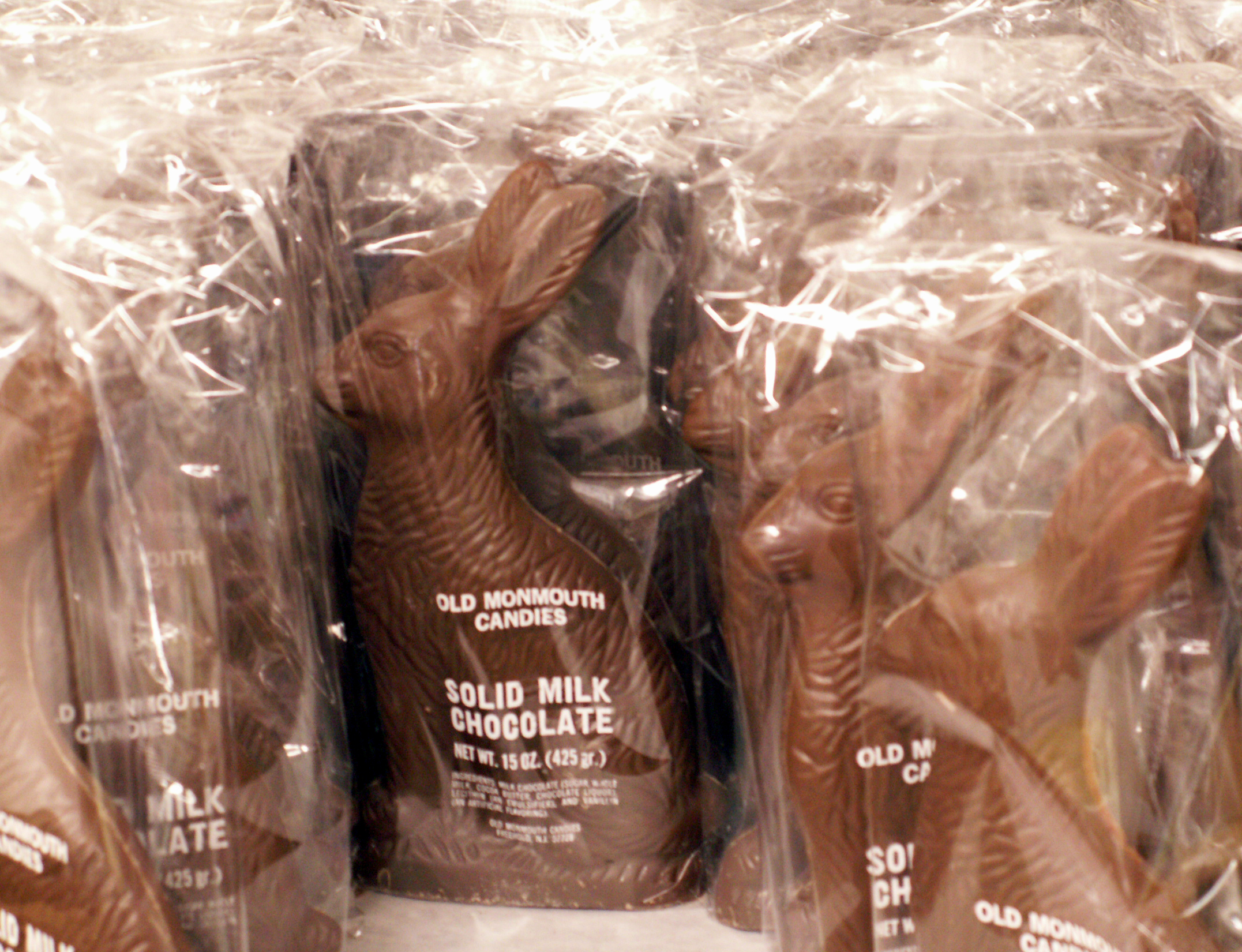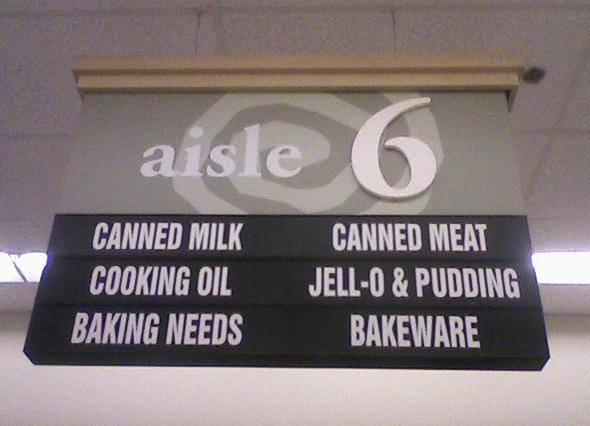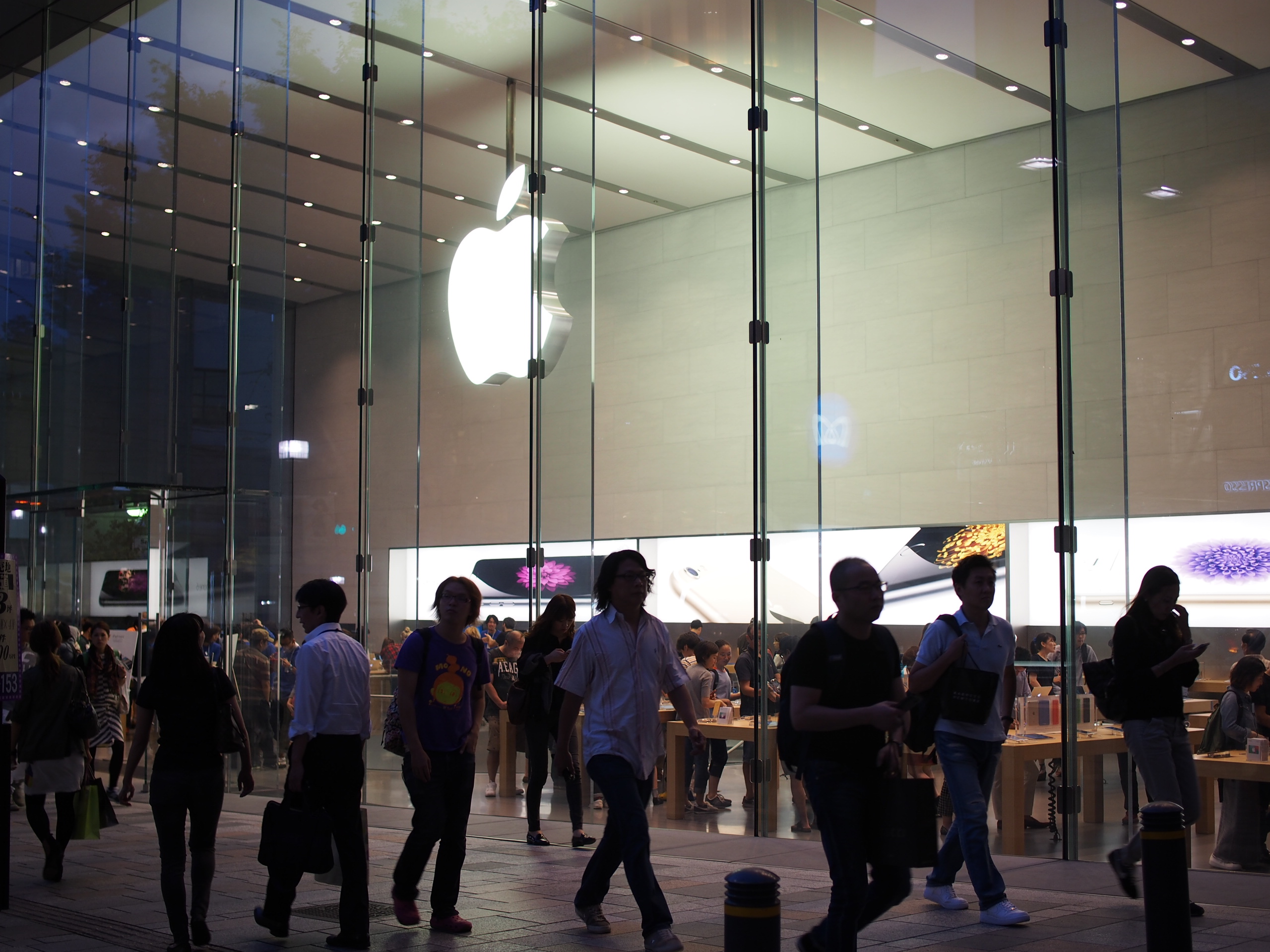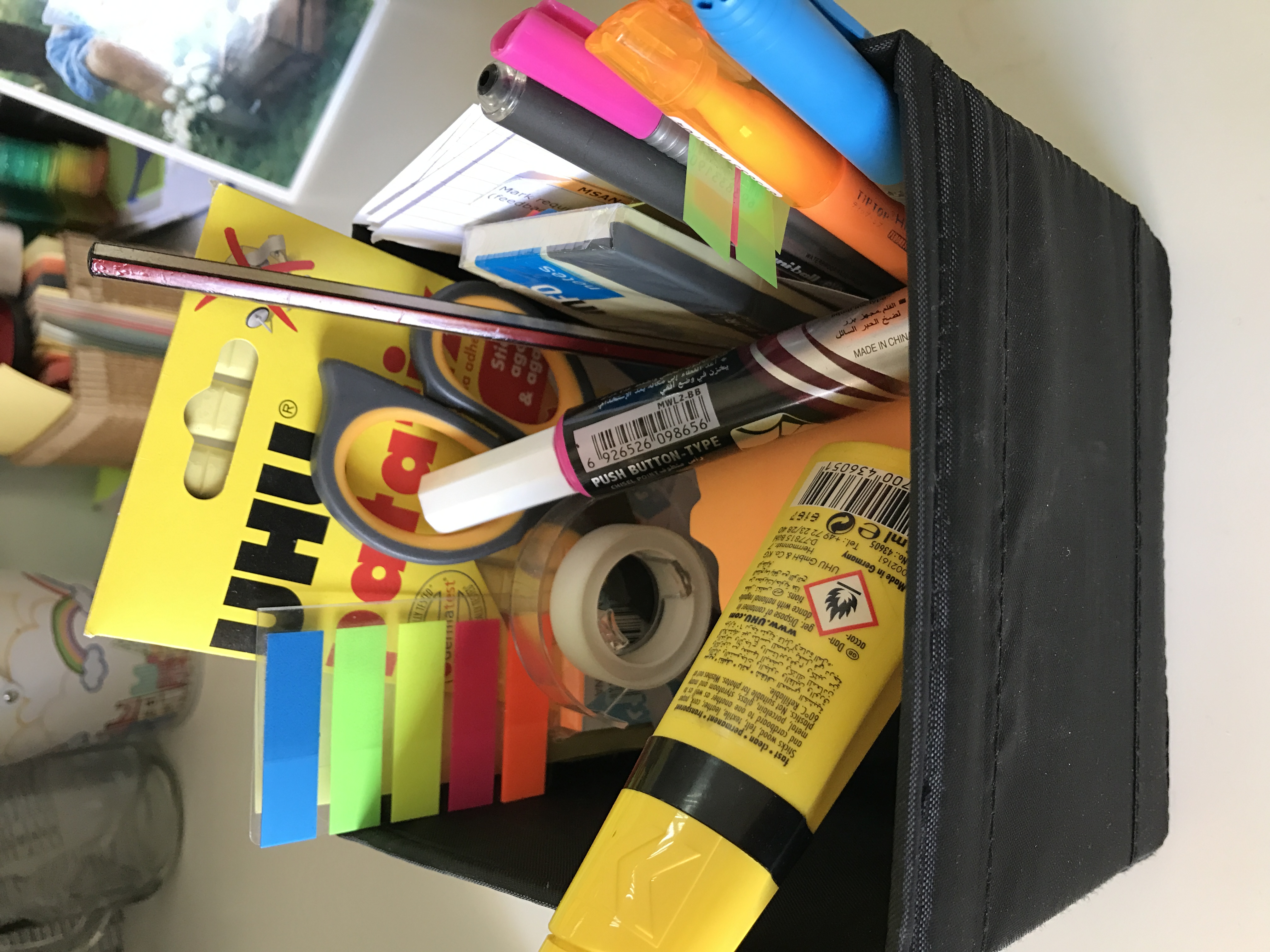|
Sellotape
Sellotape () is a British brand of transparent, cellulose-based, pressure-sensitive tape, and is the leading brand in the United Kingdom. Sellotape is generally used for joining, sealing, attaching and mending. In much the same way that Scotch Tape came to be used in Canada and the United States when referring to any brand of clear adhesive tape, Sellotape has become a genericised trademark in Britain and a number of other countries where it is sold. History Sellotape was originally manufactured in 1937 by Colin Kinninmonth and George Grey, in Acton, west London. The name was derived from Cellophane, at that time a trademarked name, with the "C" changed to "S" so the new name could be trademarked. Sellotape was made at a factory in Borehamwood, Hertfordshire, from 1930 to about 1950 when it moved to Welwyn Garden City or thereabouts. The range of tapes available in the 1950s and 1960s was immense compared with what is available now on the retail market, including RBT (rein ... [...More Info...] [...Related Items...] OR: [Wikipedia] [Google] [Baidu] |
Pressure-sensitive Tape
Pressure-sensitive tape or pressure-sensitive adhesive tape (PSA tape) is an adhesive tape that sticks when pressure is applied without the need for a solvent (such as water) or heat for activation. It is also known in various countries as self-stick tape, sticky tape, or just adhesive tape and tape, as well as genericized trademarks, such as '' Sellotape'', '' Durex (tape)'', '' Scotch tape'', etc. PSA tape consists of three components: *the tape itself, which often is cellophane, cellulose acetate, or polyvinyl chloride. Other materials include paper, plastic film, cloth, or metal foil coated onto a backing material such as paper, plastic film, cloth, or metal foil. *a pressure-sensitive adhesive. *release liner, which keeps the tape from sticking to itself. Some have layers of adhesives, primers, release agents, filaments, printing, etc. made for specific functions. It sticks without the need for a solvent such as water or heat for activation. By contrast, "gummed" ... [...More Info...] [...Related Items...] OR: [Wikipedia] [Google] [Baidu] |
Dickinson Robinson Group
The Dickinson Robinson Group, or DRG, was a listed British paper, printing and packaging company founded in 1966 as a result of a merger of John Dickinson Stationery Ltd. and E. S. & A. Robinson Ltd., creating one of the world's largest stationery and packaging companies. Products with a high public profile included Sellotape, which it owned from the 1960s to the 1980s, and Basildon Bond, which dated from 1911. In 1978, DRG took over the Royal Sovereign group of companies. In 1989, Roland Franklin (Pembridge Associates) acquired DRG's packaging business with a leveraged buyout worth £900 million and the assets of that company were stripped. In 1992, the packaging business was acquired by Bowater-Scott. The John Dickinson stationery business was acquired by DS Smith in 1996 and, in turn, in 2005 by Hamelin, a French company. Paper cup production DRG Cups manufactured and distributed disposable paper cups throughout the 1970s and early 1980s, but with the emergence of the pl ... [...More Info...] [...Related Items...] OR: [Wikipedia] [Google] [Baidu] |
Cellophane
Cellophane is a thin, transparent sheet made of regenerated cellulose. Its low permeability to air, oils, greases, bacteria, and liquid water makes it useful for food packaging. Cellophane is highly permeable to water vapour, but may be coated with nitrocellulose lacquer to prevent this. Cellophane is also used in transparent pressure-sensitive tape, tubing, and many other similar applications. Cellophane is compostable and biodegradable, and can be obtained from biomaterials. The original production process uses carbon disulfide (CS2), which has been found to be highly toxic to workers. The newer lyocell process can be used to produce cellulose film without involving carbon disulfide. "Cellophane" is a generic term in some countries, while in other countries it is a registered trademark owned by DuPont. Production Cellulose is produced from wood, cotton, hemp, and other organic fibres, dissolved in alkali and carbon disulfide to make a solution of liquid viscose. The s ... [...More Info...] [...Related Items...] OR: [Wikipedia] [Google] [Baidu] |
Genericized Trademark
A generic trademark, also known as a genericized trademark or proprietary eponym, is a trademark or brand name that, because of its popularity or significance, has become the generic term for, or synonymous with, a general class of products or services, usually against the intentions of the trademark's owner. A trademark is prone to genericization, or "genericide", when a brand name acquires substantial market dominance or mind share, becoming so widely used for similar products or services that it is no longer associated with the trademark owner, e.g., linoleum, bubble wrap, thermos, and aspirin. A trademark thus popularized is at risk of being challenged or revoked, unless the trademark owner works sufficiently to correct and prevent such broad use. Trademark owners can inadvertently contribute to genericization by failing to provide an alternative generic name for their product or service or using the trademark in similar fashion to generic terms. In one example, the Oti ... [...More Info...] [...Related Items...] OR: [Wikipedia] [Google] [Baidu] |
Brands That Became Generic
A brand is a name, term, design, symbol or any other feature that distinguishes one seller's goods or service from those of other sellers. Brands are used in business, marketing, and advertising for recognition and, importantly, to create and store value as brand equity for the object identified, to the benefit of the brand's customers, its owners and shareholders. Brand names are sometimes distinguished from generic or store brands. The practice of branding—in the original literal sense of marking by burning—is thought to have begun with the ancient Egyptians, who are known to have engaged in livestock branding and branded slaves as early as 2,700 BCE. Branding was used to differentiate one person's cattle from another's by means of a distinctive symbol burned into the animal's skin with a hot branding iron. If a person stole any of the cattle, anyone else who saw the symbol could deduce the actual owner. The term has been extended to mean a strategic personality for a pr ... [...More Info...] [...Related Items...] OR: [Wikipedia] [Google] [Baidu] |
Companies Based In Cheshire
A company, abbreviated as co., is a legal entity representing an association of legal people, whether natural, juridical or a mixture of both, with a specific objective. Company members share a common purpose and unite to achieve specific, declared goals. Over time, companies have evolved to have the following features: "separate legal personality, limited liability, transferable shares, investor ownership, and a managerial hierarchy". The company, as an entity, was created by the state which granted the privilege of incorporation. Companies take various forms, such as: * voluntary associations, which may include nonprofit organizations * business entities, whose aim is to generate sales, revenue, and profit * financial entities and banks * programs or educational institutions A company can be created as a legal person so that the company itself has limited liability as members perform or fail to discharge their duties according to the publicly declared incorporatio ... [...More Info...] [...Related Items...] OR: [Wikipedia] [Google] [Baidu] |
Manufacturing Companies Of The United Kingdom
Manufacturing is the creation or production of goods with the help of equipment, labor, machines, tools, and chemical or biological processing or formulation. It is the essence of the secondary sector of the economy. The term may refer to a range of human activity, from handicraft to high-tech, but it is most commonly applied to industrial design, in which raw materials from the primary sector are transformed into finished goods on a large scale. Such goods may be sold to other manufacturers for the production of other more complex products (such as aircraft, household appliances, furniture, sports equipment or automobiles A car, or an automobile, is a motor vehicle with wheels. Most definitions of cars state that they run primarily on roads, Car seat, seat one to eight people, have four wheels, and mainly transport private transport#Personal transport, peopl ...), or distributed via the tertiary industry to end users and consumers (usually through wholesalers, w ... [...More Info...] [...Related Items...] OR: [Wikipedia] [Google] [Baidu] |
British Inventions
The following is a list and timeline of innovations as well as inventions and discovery (observation), discoveries that involved British people or the United Kingdom including the history of the formation of the United Kingdom, predecessor states before the Treaty of Union in 1707, the Kingdom of England and the Kingdom of Scotland. This list covers, but is not limited to, innovation and invention in the mechanical, electronic, and industrial fields, as well as medicine, military devices and theory, artistic and scientific discovery and innovation, and ideas in religion and ethics. Factors that historians note spurred innovation and discovery include the 17th century Scientific Revolution and the 18th/19th century Industrial Revolution. Another possible influence is the British patent system which had medieval origins and was codified with the Patent Law Amendment Act 1852 (15 & 16 Vict. c. 83). 17th century ;1605 *Bacon's cipher, a method of steganography (hiding a secret ... [...More Info...] [...Related Items...] OR: [Wikipedia] [Google] [Baidu] |
British Brands
British may refer to: Peoples, culture, and language * British people, nationals or natives of the United Kingdom, British Overseas Territories and Crown Dependencies. * British national identity, the characteristics of British people and culture * British English, the English language as spoken and written in United Kingdom of Great Britain and Northern Ireland and, more broadly, throughout the British Isles * Celtic Britons, an ancient ethno-linguistic group * Brittonic languages, a branch of the Insular Celtic language family (formerly called British) ** Common Brittonic, an ancient language Other uses *People or things associated with: ** Great Britain, an island ** British Isles, an island group ** United Kingdom, a sovereign state ** British Empire, a historical global colonial empire ** Kingdom of Great Britain (1707–1800) ** United Kingdom of Great Britain and Ireland (1801–1922) * British Raj, colonial India under the British Empire * British Hong Kong, colonial ... [...More Info...] [...Related Items...] OR: [Wikipedia] [Google] [Baidu] |
Henkel Brands
Henkel AG & Co. KGaA, commonly known as Henkel, is a German multinational Chemical industry, chemical and consumer goods company headquartered in Düsseldorf, Germany. Founded in 1876, the DAX company is organized into two globally operating business units (Consumer Brands, Adhesive Technologies) and is known for brands such as Loctite, Persil, Fa (brand), Fa, Pritt, Dial (soap), Dial and Purex (laundry detergent), Purex. In the fiscal year 2024, Henkel reported sales of around 21.6 billion euros and an operating profit of 2.831 billion euros. Henkel holds 47,150 employees with more than 80% working outside of Germany. History The company was founded in 1876 in Aachen as Henkel & Cie by Friedrich Karl Henkel and two other partners who were owners of a factory producing sodium silicate. They marketed his first product, "Universalwaschmittel", a universal detergent based on sodium silicate. In 1878, Henkel bought out the two partners, and the first German brand-name d ... [...More Info...] [...Related Items...] OR: [Wikipedia] [Google] [Baidu] |
Office Equipment
Office supplies are consumables and equipment regularly used in offices by businesses and other organizations, required to sustain office operations. For example, office supplies may be used by individuals engaged in written communications, record-keeping and bookkeeping. The range of items classified as office supplies varies, and typically includes small, expendable, daily use items, and consumable products. Typical products Office supplies are typically divided by type of product and general use. Some of the many different office supply products include *Blank sheet paper: various sizes from small notes to letter and poster-size; various thicknesses from tissue paper to 120 pound; construction paper; photocopier and inkjet printer paper; *Preprinted forms: time cards, tax reporting forms (1099, W-2), "while you were out" pads, desk and wall calendars; *Label and adhesive paper: name tags, file folder labels, post-it notes, and address labels; *Media: Ink cartridge, ink an ... [...More Info...] [...Related Items...] OR: [Wikipedia] [Google] [Baidu] |
List Of Adhesive Tapes ...
The following is a list of adhesive tapes with pressure-sensitive adhesives: References {{packaging Adhesive Tape Adhesive tape is one of many varieties of backing materials coated with an adhesive. Several types of adhesives can be used. Types Pressure-sensitive tape Pressure-sensitive tape, PSA tape, self-stick tape or sticky tape consists of a pre ... [...More Info...] [...Related Items...] OR: [Wikipedia] [Google] [Baidu] |







